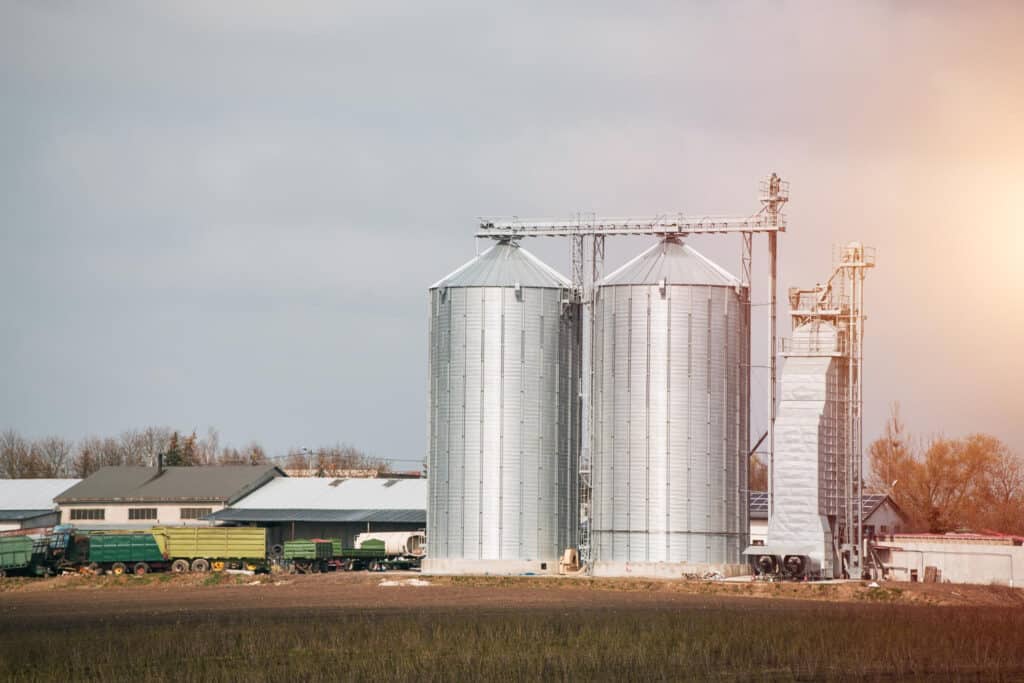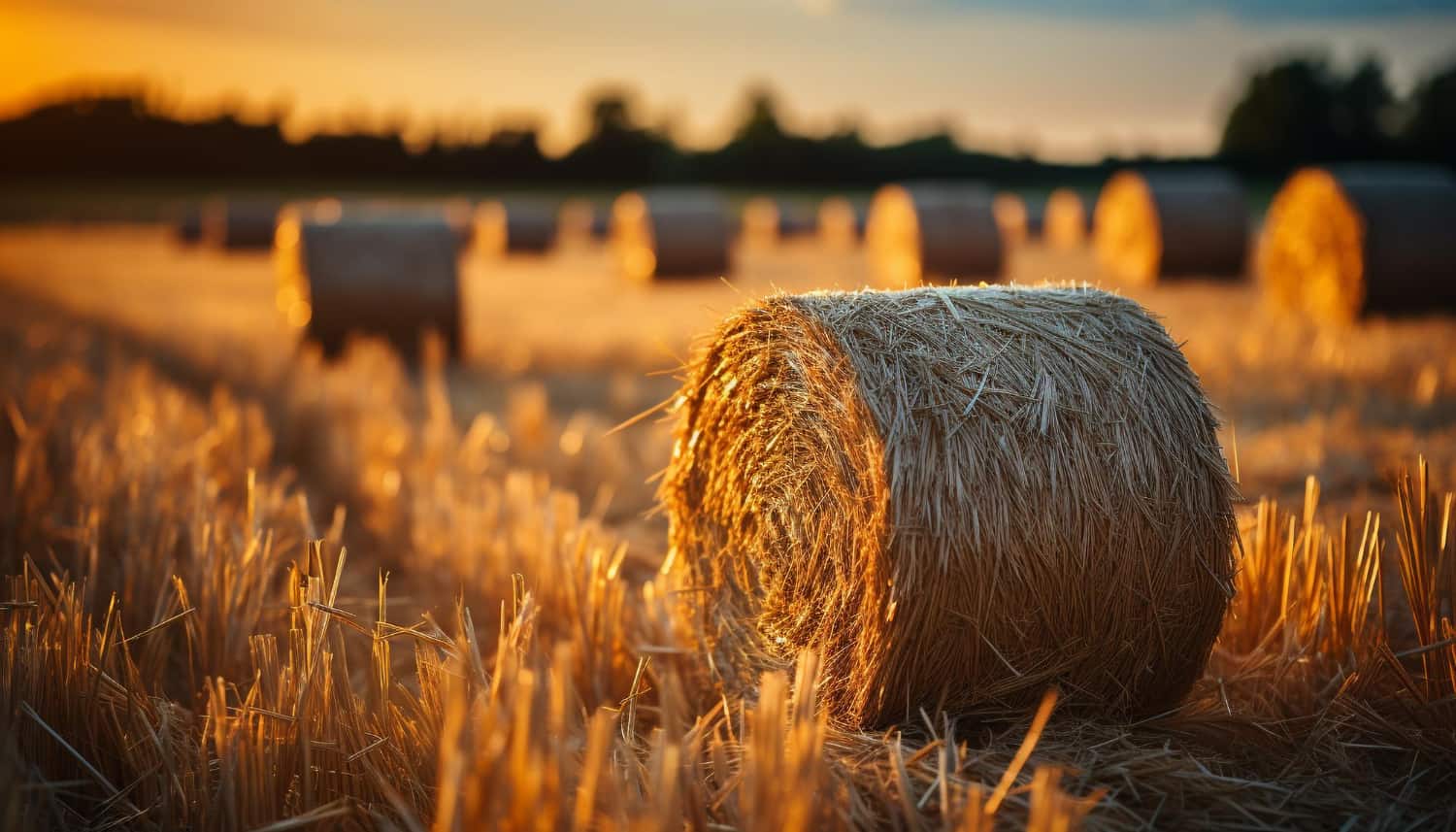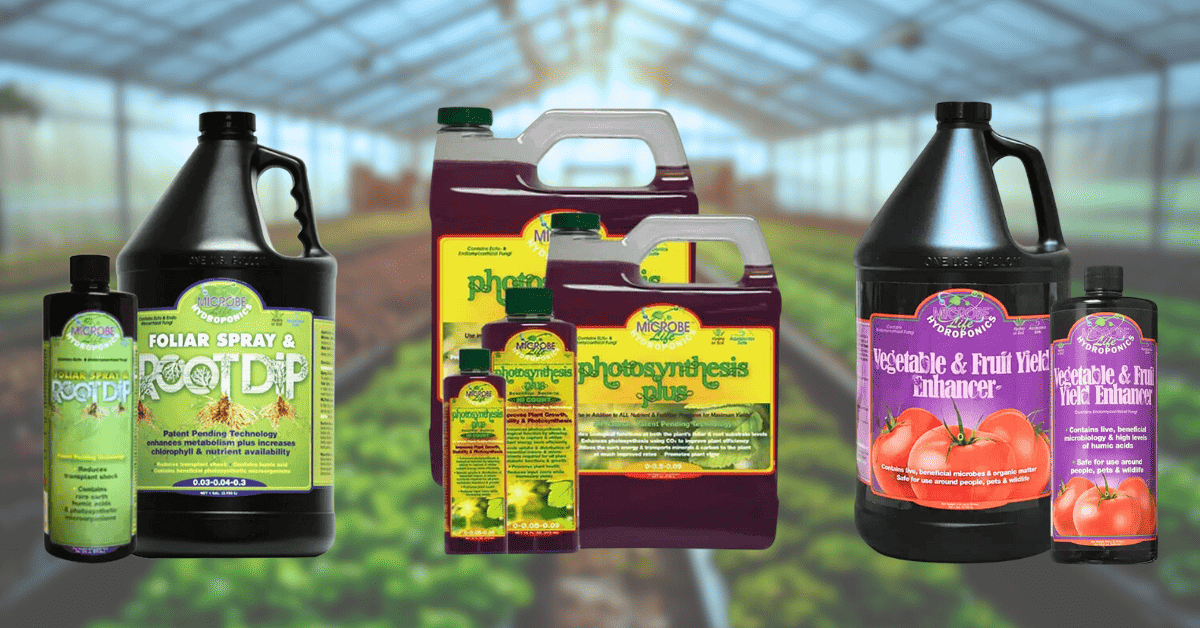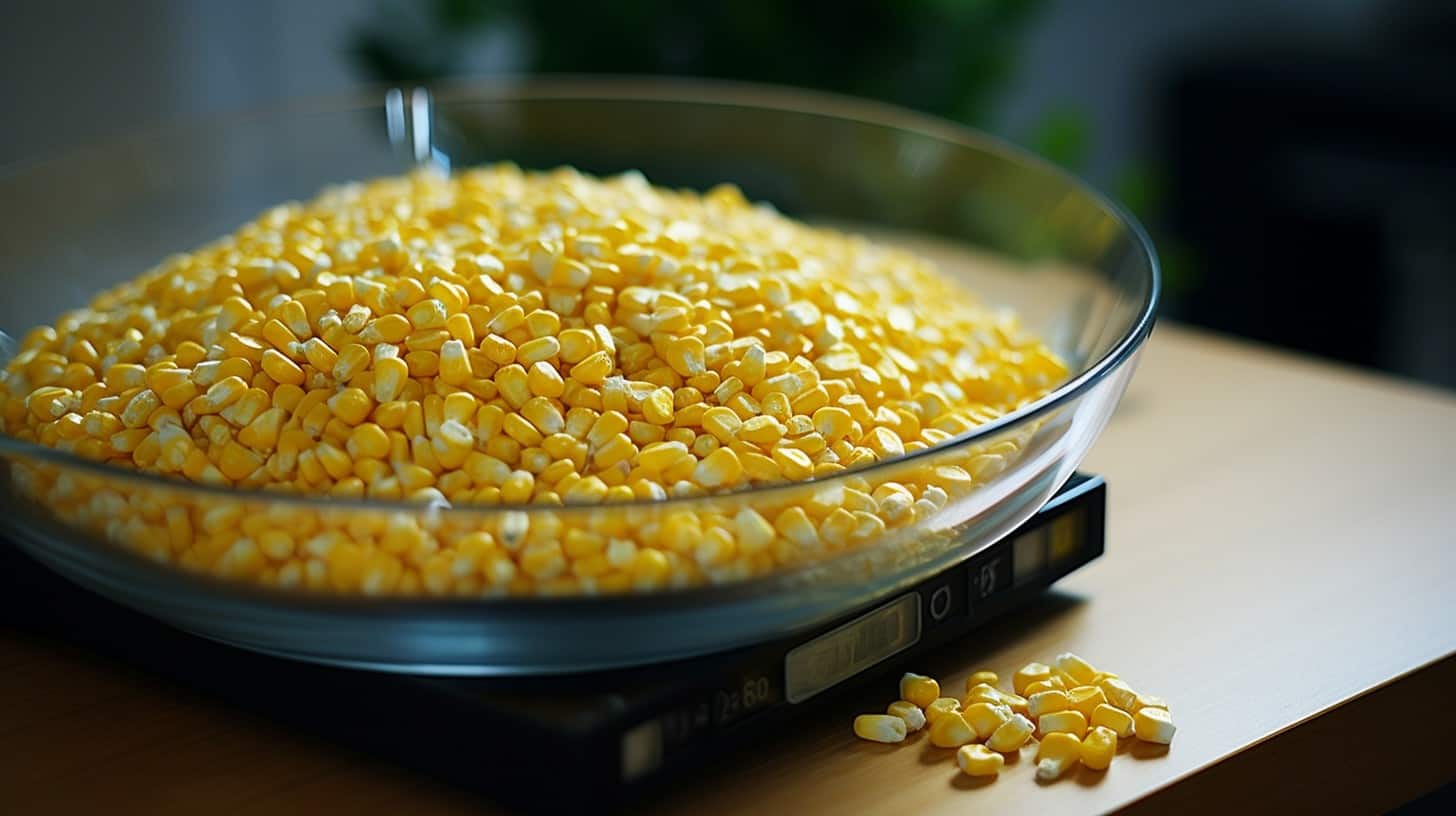Moisture testing is crucial for maintaining grain quality in elevators, ensuring grains are stored in optimal conditions to prevent mold and spoilage. Koster moisture testers are key tools for farmers with grain elevators, providing accurate moisture readings that help manage grain effectively. This not only meets safety and quality standards but also enhances profitability by preserving the grain’s condition. By using Koster moisture testers, elevators can maintain top grain quality and operational efficiency.
Table of Contents
The Basics of Grain Moisture Testing
Moisture testing measures the amount of water present in grain, which is crucial for managing its storage and processing. For grain elevators, this testing is essential because it determines whether the grain is ready for storage or if it needs further drying. Proper moisture levels prevent the growth of mold and fungi, which can lead to spoilage and make the grain unsafe for consumption.
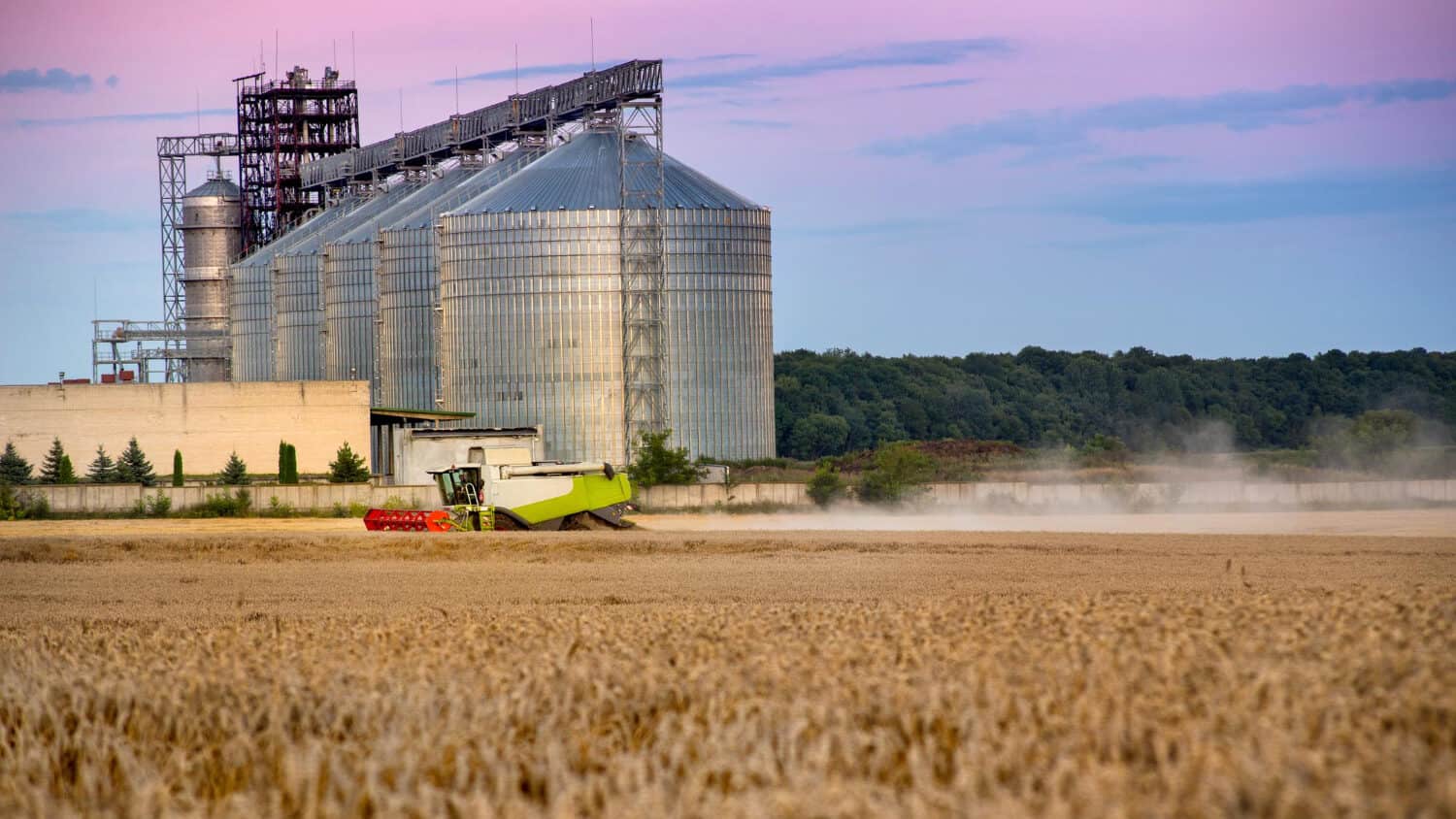
The consequences of not managing moisture levels correctly are significant. If grain is stored with too much moisture, it can spoil quickly, leading to a loss of both grain quality and quantity. This not only reduces the economic value of the grain, making it less profitable to sell, but can also create health risks. On the other hand, overly dried grain can lose weight, affecting its market price and leading to financial losses. Thus, precise moisture testing helps maintain the right balance, ensuring grain longevity, safety, and marketability.
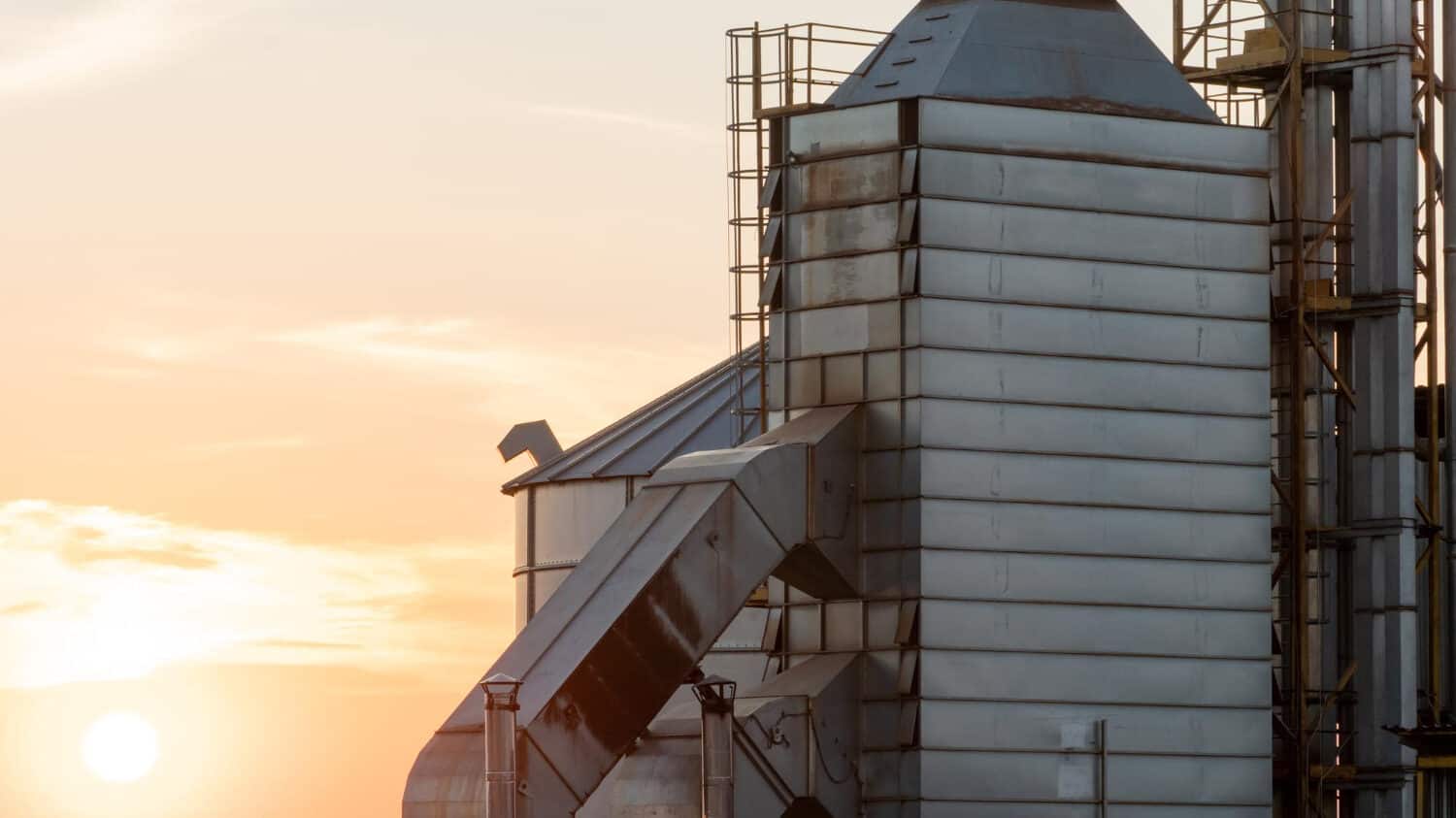
Features of Koster Moisture Testers
Accuracy and Precision: Koster testers are renowned for delivering highly accurate moisture content readings. This precision is vital in a grain elevator setting where even small deviations can impact the quality and safety of the stored grain.
Ease of Use: These testers are designed for straightforward operation, making it easy for workers at all skill levels to perform tests and interpret results without extensive training.
Speed of Results: Koster moisture testers provide quick feedback, essential for efficient grain processing and storage.
Durability: Built to withstand the harsh environments of grain elevators, Koster testers are durable, ensuring long-term reliability without frequent need for repairs or recalibration.
Versatility: These testers are suitable for a wide range of grain types, which is crucial for grain elevators that handle diverse crops. The ability to test different grain types enhances the applicability of Koster testers across various agricultural sectors.
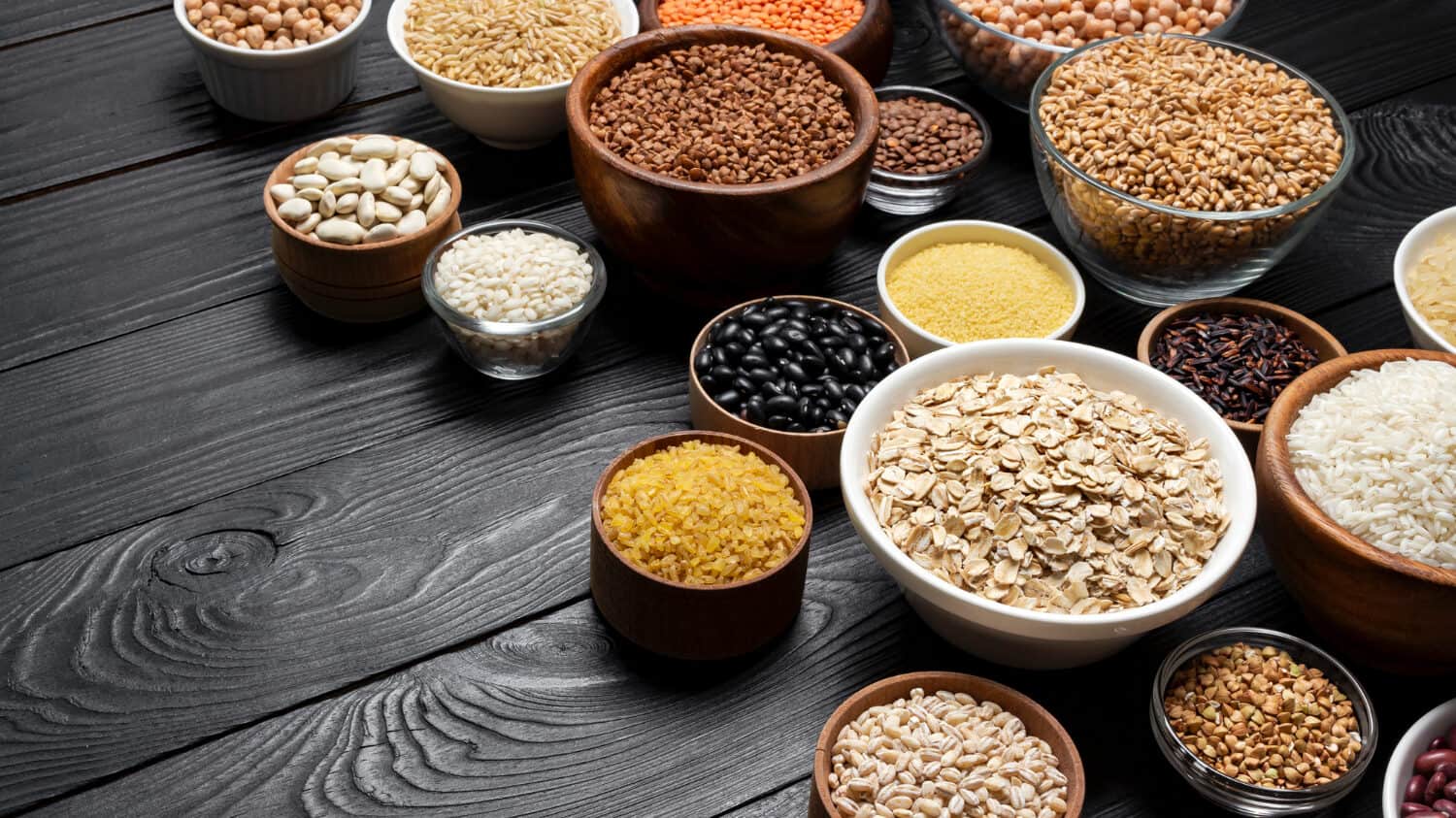
Comparison with Other Moisture Testing Equipment
Near-Infrared (NIR) Analyzers: While NIR technology provides rapid moisture content analysis, the initial cost and complexity of these devices can be prohibitive for some operations. Additionally, NIR analyzers often require careful calibration and maintenance to ensure ongoing accuracy.
Handheld Probes: These are portable and useful for quick checks but generally do not provide the level of accuracy needed for regulatory compliance and optimal storage management. Their dependency on user technique can also introduce variability in results.
Koster moisture testers are a reliable and efficient solution for grain elevators, balancing ease of use with the high accuracy and speed essential for optimal grain management. Their versatility in handling different grain types further cement their suitability over other moisture testing options in the agricultural industry.
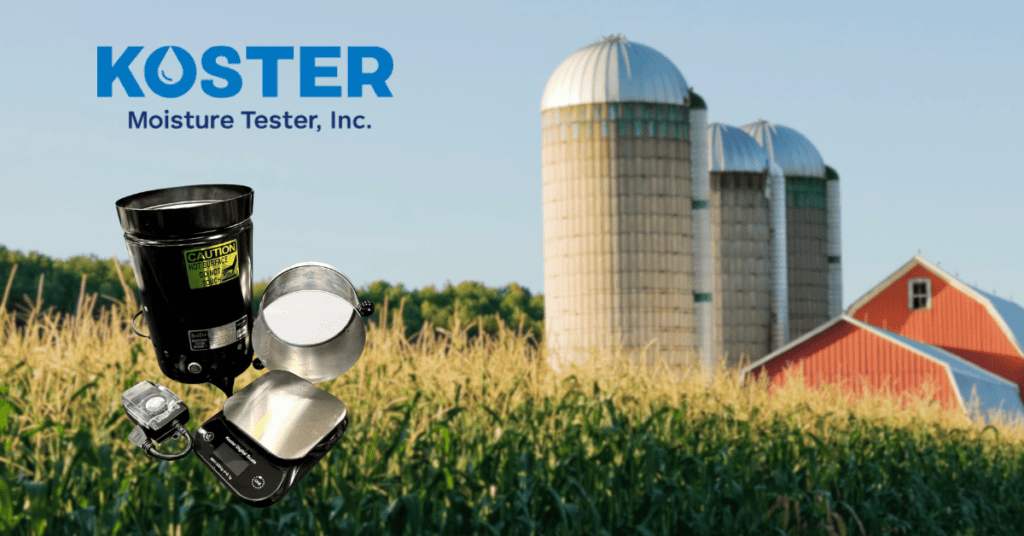
How to Use The Koster Moisture Tester for Grain
Step 1: Calibrate the Scale
- Ensure the scale measures in grams and place it on a flat surface.
Step 2: Weigh the Basket
- Record the weight of the empty basket from the Koster tester.
Step 3: Add Forage
- Chop the forage to consistent size.
- Add to the basket until it’s 100 grams over the basket’s weight, then record the total.
Step 4: Dry the Sample
- Place the basket in the drying unit.
- Refer to guidelines for drying times based on forage type (e.g., 30 minutes for typical grass silage).
Step 5: Check Weight
- After drying, weigh the basket. Repeat drying for 5-minute intervals and reweigh until weight change is ≤1 gram.
Step 6: Calculate Dry Matter
- Calculate the dry matter percentage using the final and initial weights:

Conclusion
Ready to enhance your grain management process with precise moisture testing? Contact us today to learn more about our Koster moisture testers or to make a purchase. Don’t miss out on the opportunity to improve the quality and safety of your stored grain. Our team is here to provide you with detailed product information and help you choose the right tester for all of your agricultural needs.

